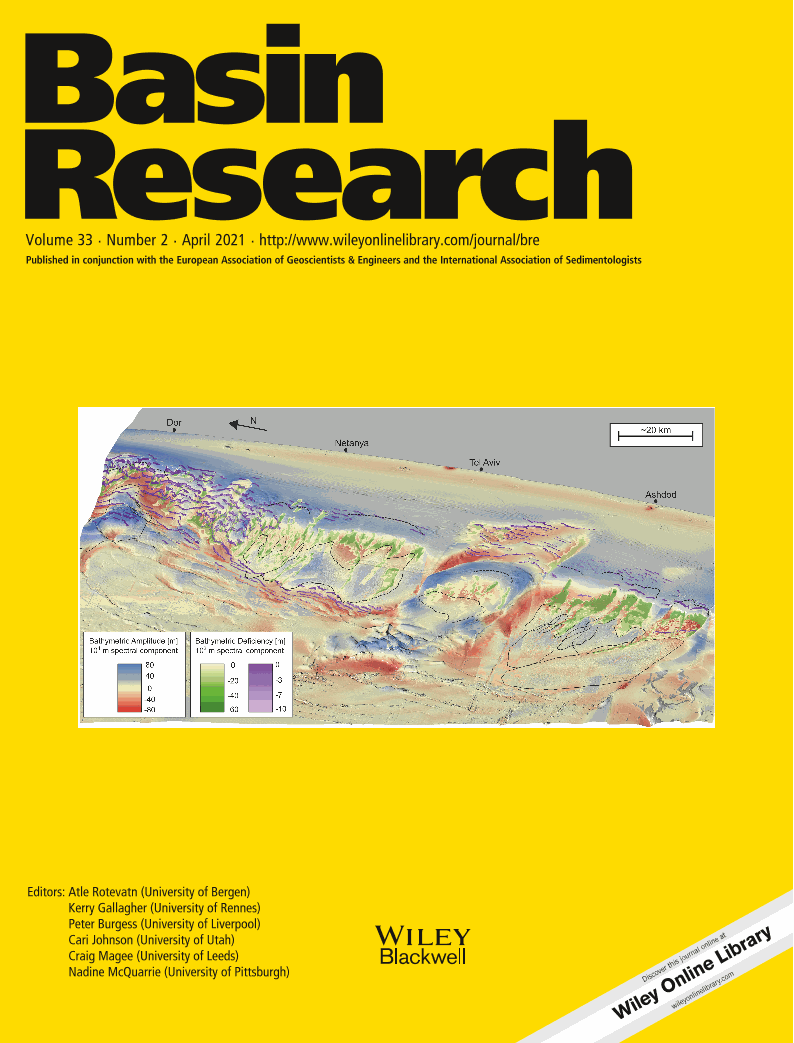
Full text loading...
 , Folarin Kolawole1
, Folarin Kolawole1 , Abah P. Omale2, Heather Bedle1
, Abah P. Omale2, Heather Bedle1
There remains a limited understanding of the controls of pre‐existing structures on the architecture of deep‐water progradational sequences. In the Northern Taranaki Basin (NTB), New Zealand, Pliocene post‐extensional sedimentary sequences overlie Miocene back‐arc volcaniclastic units. We utilize seismic reflection datasets to investigate the relationships between the buried back‐arc mound‐shaped structures, and the spatio‐temporal changes in clinoform architecture and the associated progradational system elements within the overlying continental slope margin sequences. Our results reveal the following: (a) buried mound‐shaped structures in the northern domain of the study area, overlain by younging progression of shelf‐to‐basin prograding clinoforms; (b) folding of the deeper clinoforms that systematically decrease in magnitude with shallowing depth from the top of the seamounts; (c) overall, the N‐S‐trending continental slope margin evolves from a highly curvilinear/angular trend in the deeper clinoforms (Units 1 and 2) into a rectilinear geometry within the shallower post‐extensional intervals (Unit 3 and shallower); (d) Units 1 and 2 characterized by dominance of stacked offlap breaks and over‐steepened (7–10°) clinoform foreset slopes in the northern domain, and dominance of gently dipping foreset slopes (<6°) in the south; (e) Unit 3 shows very low (<5°) and intermediate (5–7°) foreset slopes across the entire survey; (f) in the northern domain, differential loading by prograding sequences about the buried seamounts and horst–graben structures induced a differential compaction of the deeper units, which influenced a temporal pinning of the prograding slope margin in pre‐Unit 2 times and (g) wide, closely spaced channel incision into over‐steepened slopes dominate the deeper prograding sequence in the northern domain, whereas narrower, straighter channels dominate the south. We show that the buried pre‐existing structures constitute rigid buttresses that modulated the syn‐depositional topography and post‐depositional architecture of the prograding sequences in the NTB. Our findings present a distinction in the controls on progradational sedimentation patterns between magmatic and non‐magmatic continental margins.

Article metrics loading...

Full text loading...
References


Data & Media loading...

